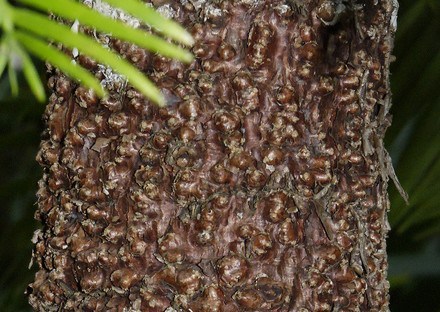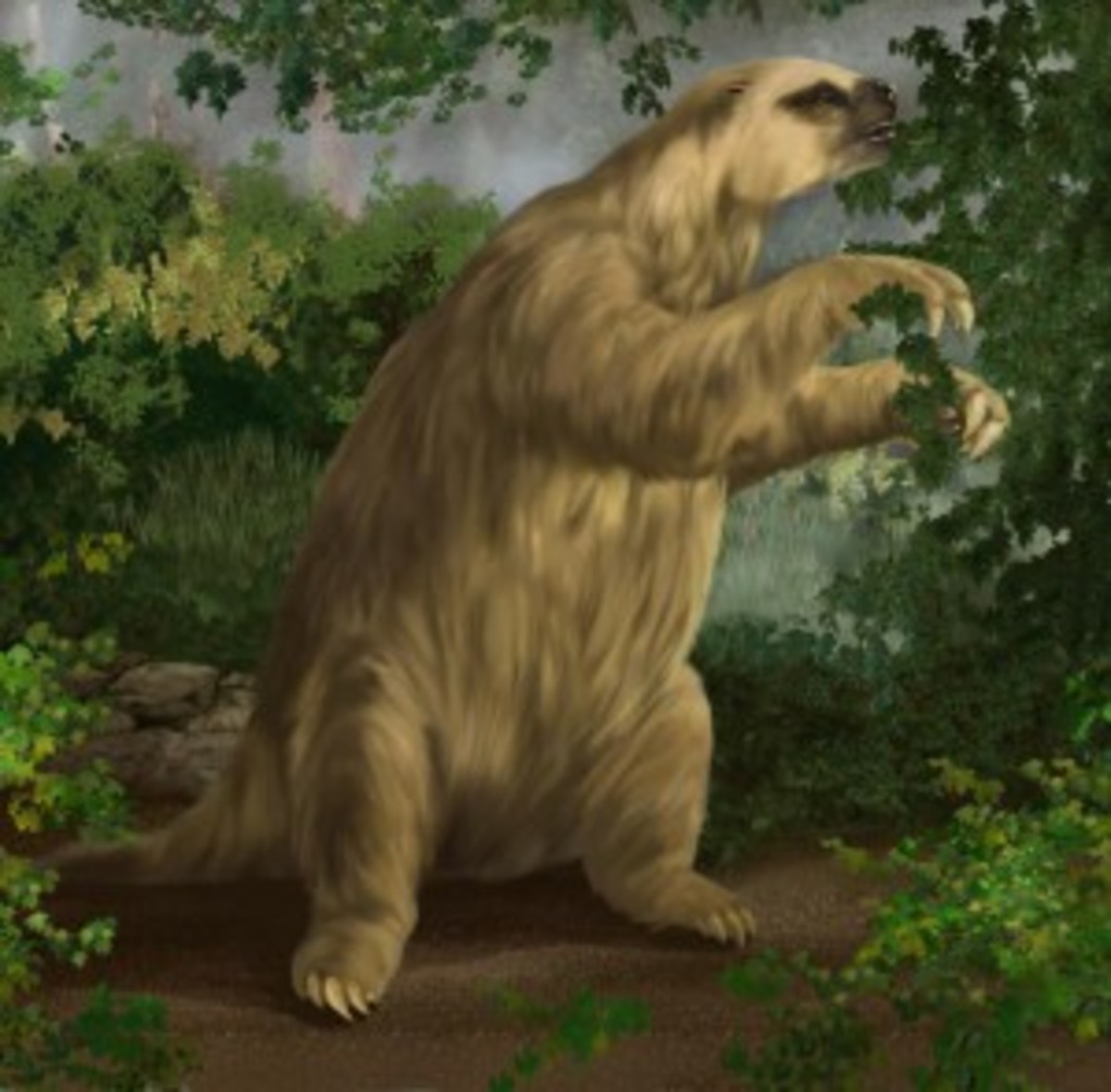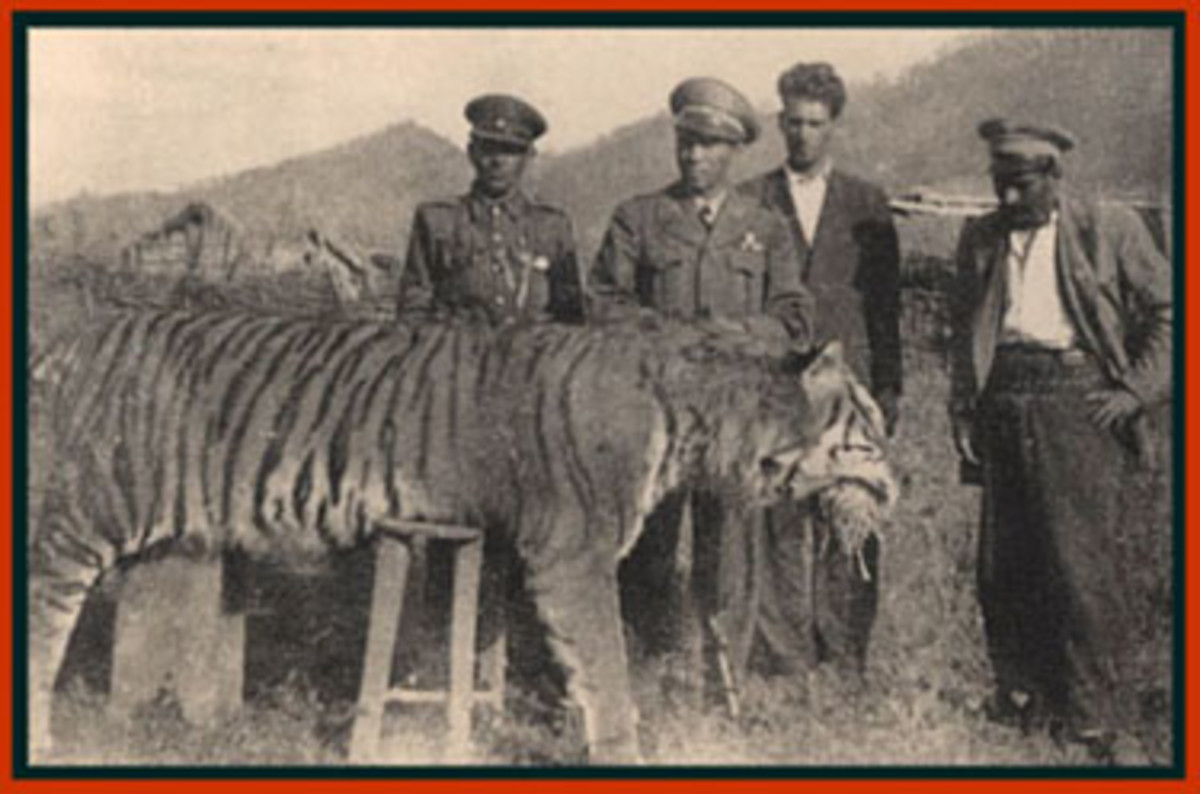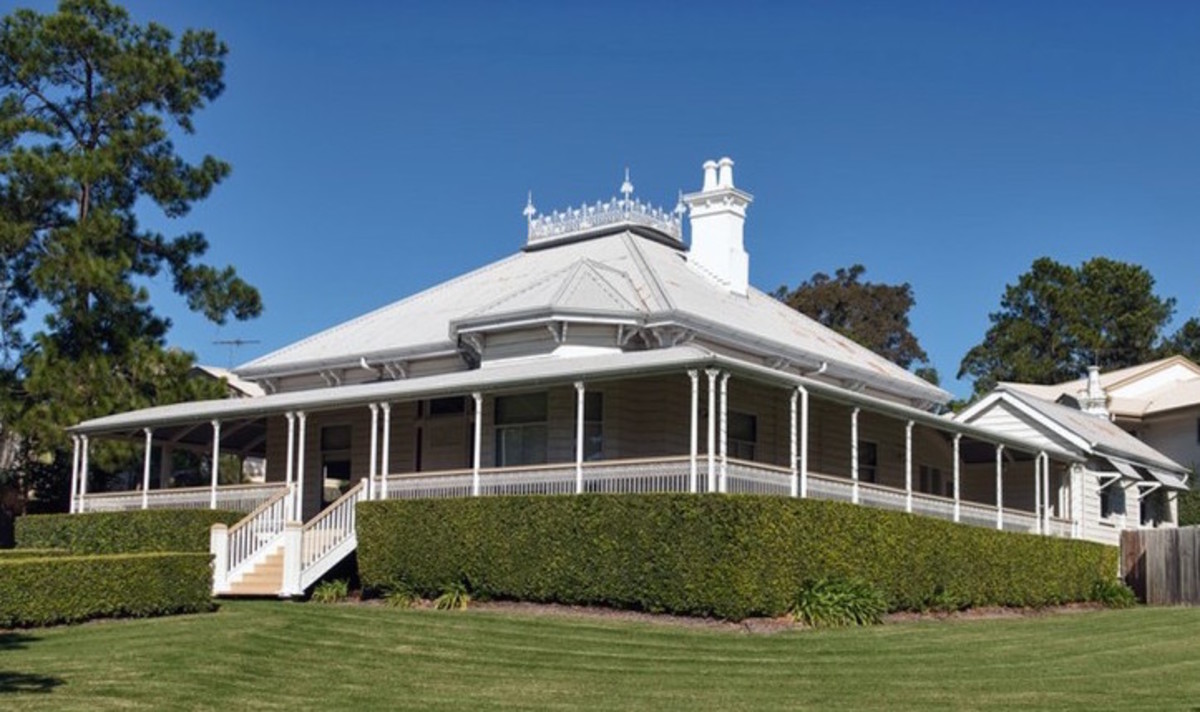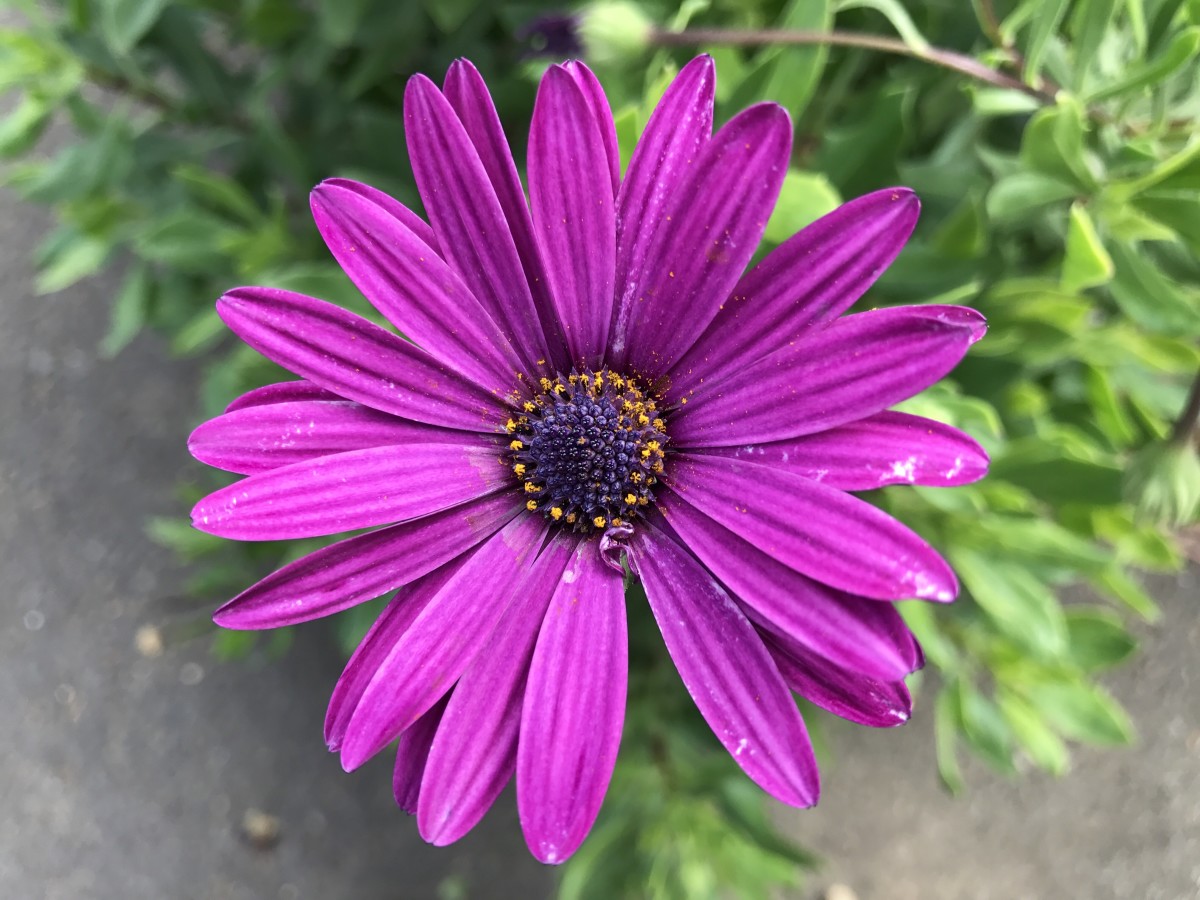Wollemi Pine - Back from Extinction
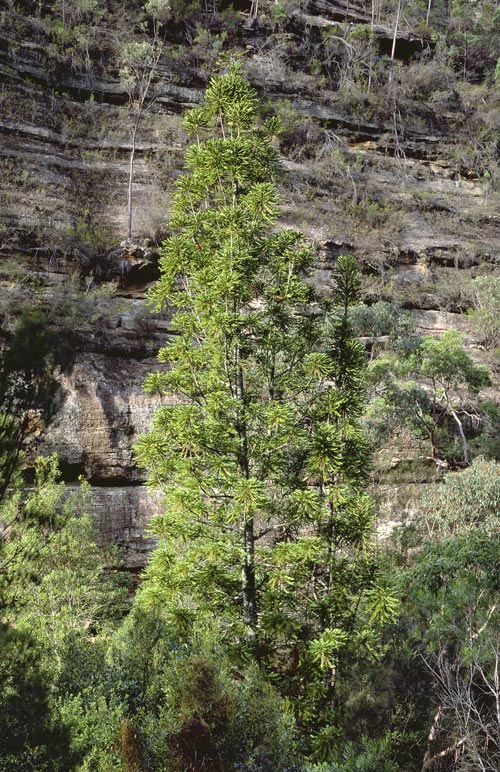
Every so often, a plant or animal that scientists believe died out long ago is found in some remote part of the world. The best known case is the coelacanth, a fish that was known only from the fossil record, and thought to have died out 65 million years ago. Then one day in 1938, a trawler in the Indian Ocean caught one. A similar day occurred in September of 1994.
Ranger David Noble was out hiking in Wollemi National Park, located in Australia's Blue Mountains. He rappelled down into a gorge and came across some trees that were over 100 feet tall, with unique, fern-like foliage. The bark also looked unusual, so he picked up a fallen branch and went on with his hike. After returning to Sydney, he sought out scientists who could help him identify the tree. One scientist from the New South Wales National Park and one from Mount Tomah Botanical Gardens returned with Noble to the spot where he encountered the tree. Only a few stands have been located in the wild, totaling less than one hundred mature trees. This type of tree had been known from the fossil record, but was thought to have gone extinct during the age of dinosaurs.
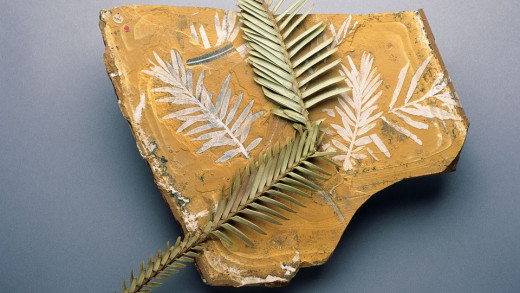
Propagating the Wollemi Pine
Since there were so few trees, conservationists set about propagating as many new ones as possible. Fortunately, new plants can be grown from seeds or cuttings. That effort has been so successful that they been available for purchase by the general public since 2006, although it is hard to find a supplier in the United States. They can be grown in U.S. hardiness zones 7-11, although some people report problems with root rot. Laws make it difficult to ship live plants into the United States, but Wollemi pine seeds can be purchased from B'z Greenhouse in Canada.
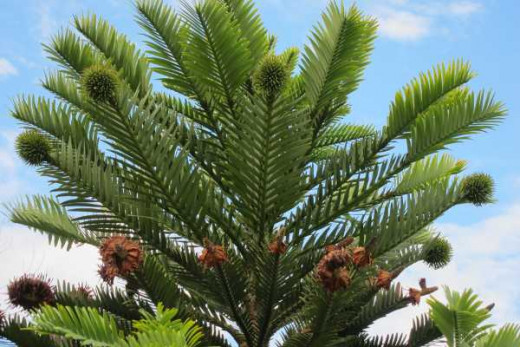
Wollemi Pine Characteristics
The most obvious characteristic of the Wollemi pine is its foliage. When Noble first showed the sample from his hike, scientists were amazed when told that it came from a one hundred foot tree instead of a fern. The second most obvious is the bark, which is often described as looking like "Bubbling chocolate." Each plant has both male and female cones. Although it is called "Wollemi pine," it is no relation to pines.
